Introduction
Cucumbers, with their crisp texture and refreshing taste, are a staple in many salads, sandwiches, and even as a standalone snack. Their high water content and nutritious profile make them an excellent choice for maintaining hydration and overall health. However, preserving the freshness of cucumbers can be a challenge, especially if you’ve bought more than you can consume immediately. Improper storage can lead to wilting, softening, and even the development of mold. In this article, we’ll explore various methods for preserving the freshness of cucumbers, ensuring they retain their crispiness, flavor, and nutritional value for as long as possible.
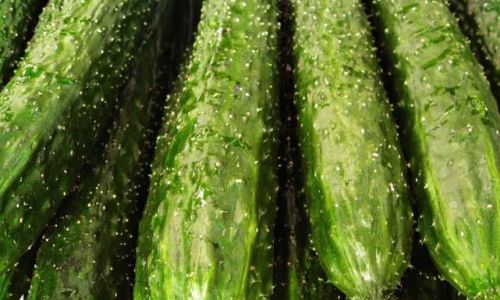
Understanding Cucumber Storage Basics
Before diving into specific storage techniques, it’s crucial to understand the basic requirements for keeping cucumbers fresh. Cucumbers are highly perishable and sensitive to temperature fluctuations, humidity, and exposure to ethylene gas, which can accelerate ripening and spoilage.
-
Temperature Control: Cucumbers should be stored at a temperature between 50°F and 55°F (10°C and 13°C). This range helps to slow down the respiration rate of the cucumbers, thereby extending their shelf life.
-
Humidity: High humidity is essential to prevent the cucumbers from losing moisture through their skin, which can lead to shriveling and a loss of crispiness. Ideally, the humidity should be maintained at around 95%.
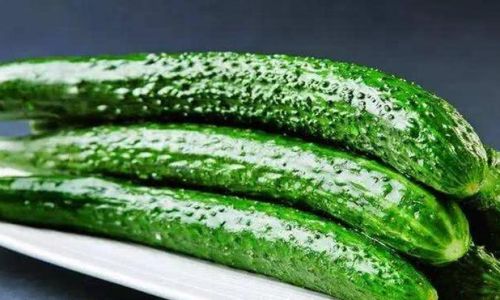
-
Ethylene Sensitivity: Cucumbers are sensitive to ethylene gas, a natural plant hormone that promotes ripening. Exposure to ethylene can cause cucumbers to soften and develop off-flavors. Therefore, it’s important to store them away from other ethylene-producing fruits like bananas, apples, and tomatoes.
Storage Techniques for Fresh Cucumbers
Now that we’ve established the basics, let’s look at some practical techniques for preserving the freshness of cucumbers.
Refrigeration
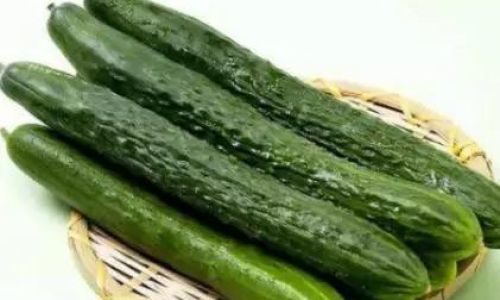
Refrigeration is the most common method for storing cucumbers. However, it’s crucial to handle them properly to avoid chilling injury, which can cause the cucumbers to develop pits or become water-soaked.
- Wrap in Paper Towels: Place cucumbers in a plastic bag, but first, wrap each one individually in a paper towel to absorb excess moisture. This helps maintain humidity without creating a soggy environment.
- Ventilation: Ensure the plastic bag has some ventilation, such as by leaving a small opening or using a perforated bag. This allows for the exchange of gases, reducing the risk of ethylene build-up.
- Crisper Drawer: Store the cucumbers in the crisper drawer of your refrigerator, which typically maintains a more consistent temperature and humidity level.
Countertop Storage (Short-Term)
If you plan to consume the cucumbers within a day or two, you can store them on the countertop. However, this method is less effective for long-term preservation.
- Cool, Dark Place: Choose a cool, dark spot away from direct sunlight and heat sources.
- Avoid Stacking: Lay the cucumbers in a single layer to prevent crushing and to ensure even cooling.
Freezing Cucumbers

While freezing isn’t ideal for maintaining the crisp texture of cucumbers, it’s an effective way to preserve their nutritional value and flavor for use in cooked dishes, smoothies, or soups.
- Preparation: Slice or chop the cucumbers into desired pieces. Blanch them in boiling water for about 30 seconds to deactivate enzymes that cause spoilage, then plunge them into ice water to stop the cooking process.
- Freezing Methods: You can freeze cucumber pieces directly on a baking sheet until solid, then transfer them to a freezer bag to save space. Alternatively, puree the cucumbers and freeze them in ice cube trays for easy portioning.
Pickling and Fermenting
Pickling and fermenting are preservation techniques that not only extend the shelf life of cucumbers but also add unique flavors and textures.
- Pickling: Involves submerging cucumbers in a vinegar-based brine, which creates an acidic environment that inhibits the growth of harmful bacteria. Pickles can be stored in a cool, dark place for several months.
- Fermenting: Uses naturally occurring bacteria to preserve cucumbers through lactic acid fermentation. This process not only preserves the cucumbers but also enhances their nutritional profile and flavor. Fermented cucumbers, such as sauerkraut or pickles, should be stored in an airtight container in the refrigerator.
Drying Cucumbers

Drying cucumbers, often referred to as cucumber chips, is another preservation method that transforms the texture while retaining much of the original flavor and nutrients.
- Slicing and Preparation: Thinly slice the cucumbers and remove any seeds to prevent them from becoming too soft during drying.
- Dehydration: Use a food dehydrator or oven set to a very low temperature (around 135°F or 57°C) to dry the slices until they are brittle.
- Storage: Store dried cucumber chips in an airtight container in a cool, dark place. They can last for several months.
Conclusion
Preserving the freshness of cucumbers requires a combination of proper handling, temperature control, humidity maintenance, and an understanding of the cucumber’s sensitivity to ethylene gas. By following the techniques outlined in this article, you can ensure that your cucumbers remain crisp, juicy, and flavorful for extended periods. Whether you choose refrigeration, countertop storage, freezing, pickling, fermenting, or drying, each method offers unique benefits and can be tailored to your specific needs and preferences. With these tips, you’ll be able to enjoy the refreshing taste and nutritional benefits of cucumbers throughout the year.
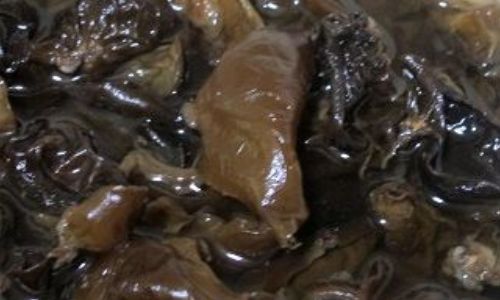
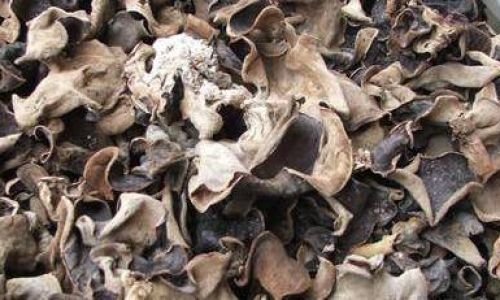
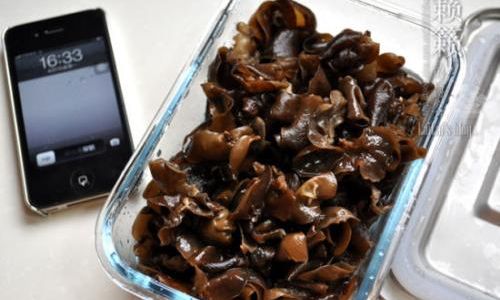



0 comments